Antibiotics and Periodontal Therapy
Host modulation adjunctive therapy is a treatment that potentially reduces tissue destruction by modifying host response factors.
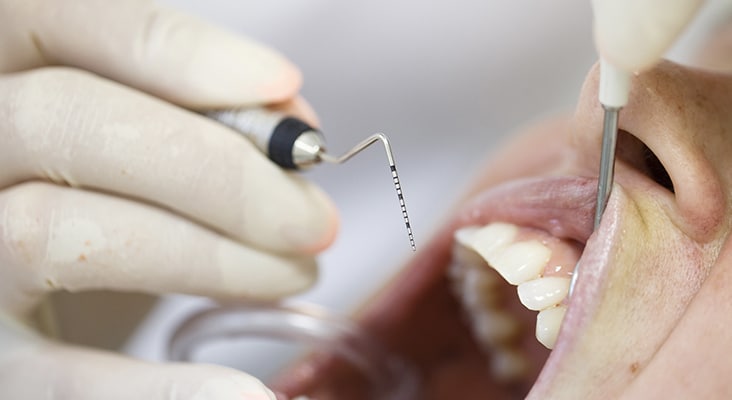
Host modulation adjunctive therapy is a treatment that potentially reduces tissue destruction by modifying host response factors. The only drug approved by the United States Food and Drug Administration (FDA) is a subantimicrobial dose of doxycycline. It is a systemic drug administered for host modulation as an adjunct to scaling and root planing in the treatment of periodontitis. This host modulation adjunctive therapy is a collagenase inhibitor consisting of a 20-mg capsule of doxycycline hyclate for oral systemic administration. Research shows that patients with periodontitis who used this doxycycline regimen daily reduced the elevated collagenase activity in the gingival crevicular fluid.
Photo Credit: zlikovec / iStock / Getty Images Plus
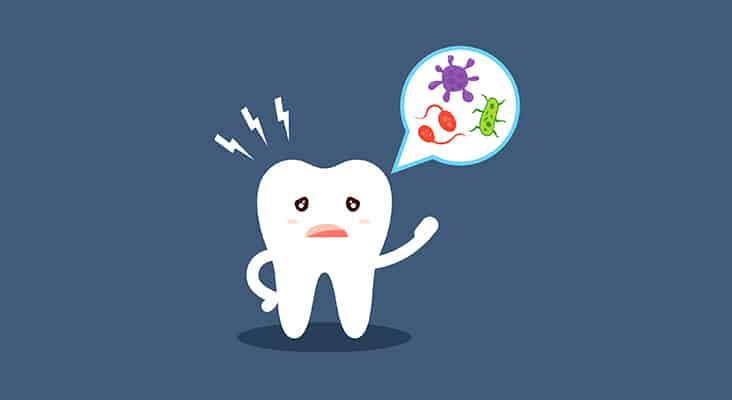
Fighting Anaerobic Microorganisms
The bactericidal metronidazole is effective against anaerobic microorganisms in periodontal diseases. It is used as an adjunctive therapy in gingivitis, necrotizing ulcerative gingivitis, chronic periodontitis, and aggressive periodontitis. As with other adjunctive therapies, metronidazole should be used in combination with scaling and root planing, surgery, or other antibiotics. It is most commonly prescribed in 250 mg tablets and taken three times a day for 7 days. Due to the dosage regimen, patient compliance may be challenging.
Photo Credit: Shendart / iStock / Getty Images Plus
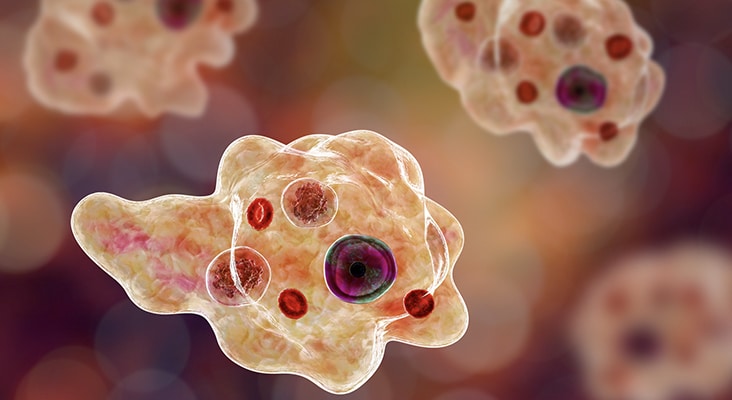
Local Drug Delivery
Local drug delivery systems are used in periodontal pockets and can inhibit or eliminate periodontal pathogenic microorganisms, as well as modulate the inflammatory response of tissues. However, they do not replace the need for thorough scaling and root planing. Local drug delivery systems are placed into periodontal pockets. The adjunctive use of local drug delivery systems with controlled release properties may provide a defined, but limited beneficial response on periodontal pockets. Furthermore, the success of local drug delivery depends on clinical findings, responses to treatment, desired clinical outcomes, and patients’ dental and medical histories.
Photo Credit: Dr_Microbe / iStock / Getty Images Plus
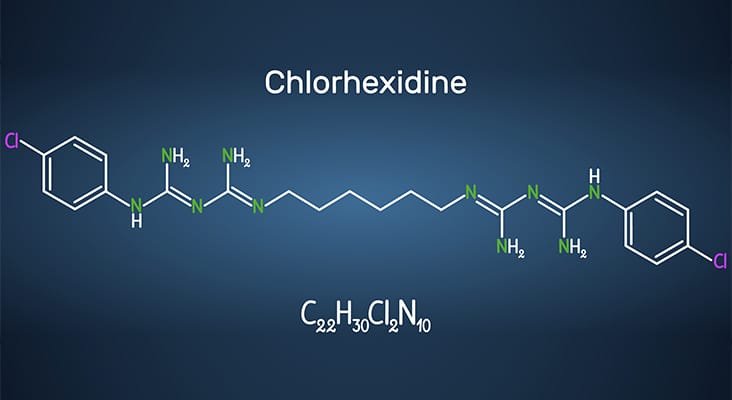
Chlorhexidine
A gelatin matrix containing 2.5 mg of chlorhexidine gluconate is a controlled-release subgingival delivery system. It is used as an adjunctive therapy in conjunction with instrumentation in periodontal maintenance with pockets ≥ 5 mm that bleed on probing. The chlorhexidine is placed into the periodontal pocket. When it contacts subgingival fluids, it becomes sticky and binds to the epithelium lining in the pocket. Chlorhexidine is released over 7 days to 10 days and the chip resorbs and does not have to be removed.
Photo Credit: Bacsica / iStock / Getty Images Plus

Biodegrading Gel
A gel composed of 10% doxycycline hyclate is another option. The solution is mixed in two syringes and injected into the periodontal pocket around the tooth. The solution solidifies on contact with the gingival crevicular fluid. As it biodegrades, doxycycline is delivered to the site at high levels for 7 days to 14 days.
Photo Credit: TefiM / iStock / Getty Images Plus
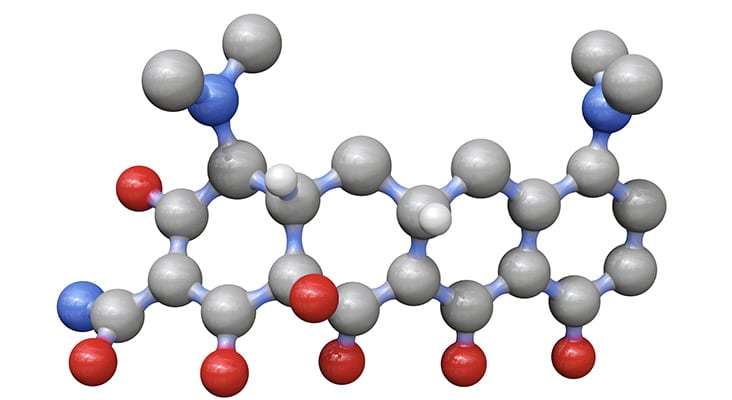
Sustained Release
A sustained released product contains the antibiotic minocycline hydrochloride, which is a broad spectrum tetracycline antibiotic and one of the most active antibiotics against most of the microorganisms associated with periodontal diseases. It has the most marked substantivity, and is a bio-absorbable sustained local drug delivery system in a disposable polypropylene applicator of 2% minocycline hydrochloride. One of its advantages is that the drug can be placed at a higher concentration subgingivally for 24 hours with sustained release. The drug concentration decreases exponentially following a first application.
Photo Credit: theasis / iStock / Getty Images Plus

Patient Education
Patients who are periodontally involved or who do not comply with self-care instructions should be educated about antibiotics as an adjunct to their oral hygiene regimens. Additionally, the relationship between oral health and overall health will illustrate the importance of an interprofessional approach to oral health promotion during patient education. Nutritional counseling, smoking cessation, diabetes risk assessment, and oral cancer screening should be part of patient education.

